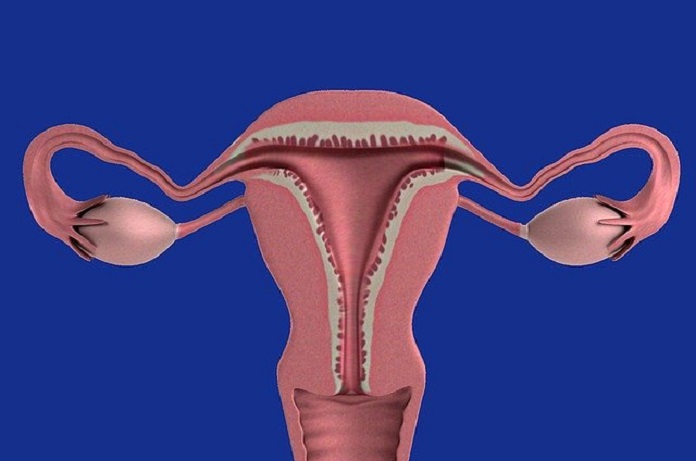A recent study compared the risk of cancer between non-hormonal-copper and hormone‑releasing intrauterine device users.
An intrauterine device is a small device placed in the uterus to prevent pregnancy. There are two types of intrauterine devices: the non-hormonal-copper and the hormone-releasing intrauterine devices. As with any birth control, these devices also offer benefits and risks. One of the fewer know benefits of the copper device is that it may pose less of a risk of cervical cancer compared to hormone-releasing intrauterine devices.
A recent study published in the journal Obstetrics & Gynecology identified that copper intrauterine device users have a lower risk of cervical cancer compared with hormone-releasing intrauterine device users. The researchers identified more than 10,000 women and their health outcomes. These women used the devices between 2003 to 2018. The researchers adjusted the analyses to minimize the effect of factors that could influence the results.
The diagnosis of high-grade cervical cancer was 0.7 percent in the copper intrauterine device users and 1.8 percent in the hormone-releasing intrauterine device users. According to the study, those who use copper devices have a lower risk of developing high-grade cervical neoplasms. This is a lower risk when compared to the alternative, hormone-releasing devices. However, there is currently no data that compares the risk between people who use intrauterine devices and those who do not. According to the study authors, the mechanism involved in the different outcomes of copper and hormonal intrauterine devices could be due to their different physiological effects in women. However, further research is required to study these effects. In low-resource countries, access to cancer diagnostic tests, vaccination, and treatment are limited. Thus, the copper intrauterine device’s ability to reduce cancer risk has considerable public health implications.
Written by Purnima Sharma, PhD
Reference
Spotnitz ME, Natarajan K, Ryan PB, Westhoff CL. Relative risk of cervical neoplasms among copper and levonorgestrel-releasing intrauterine system users. Obstet Gynecol. 2020; 135(2):319-327.
Image by therapractice from Pixabay



